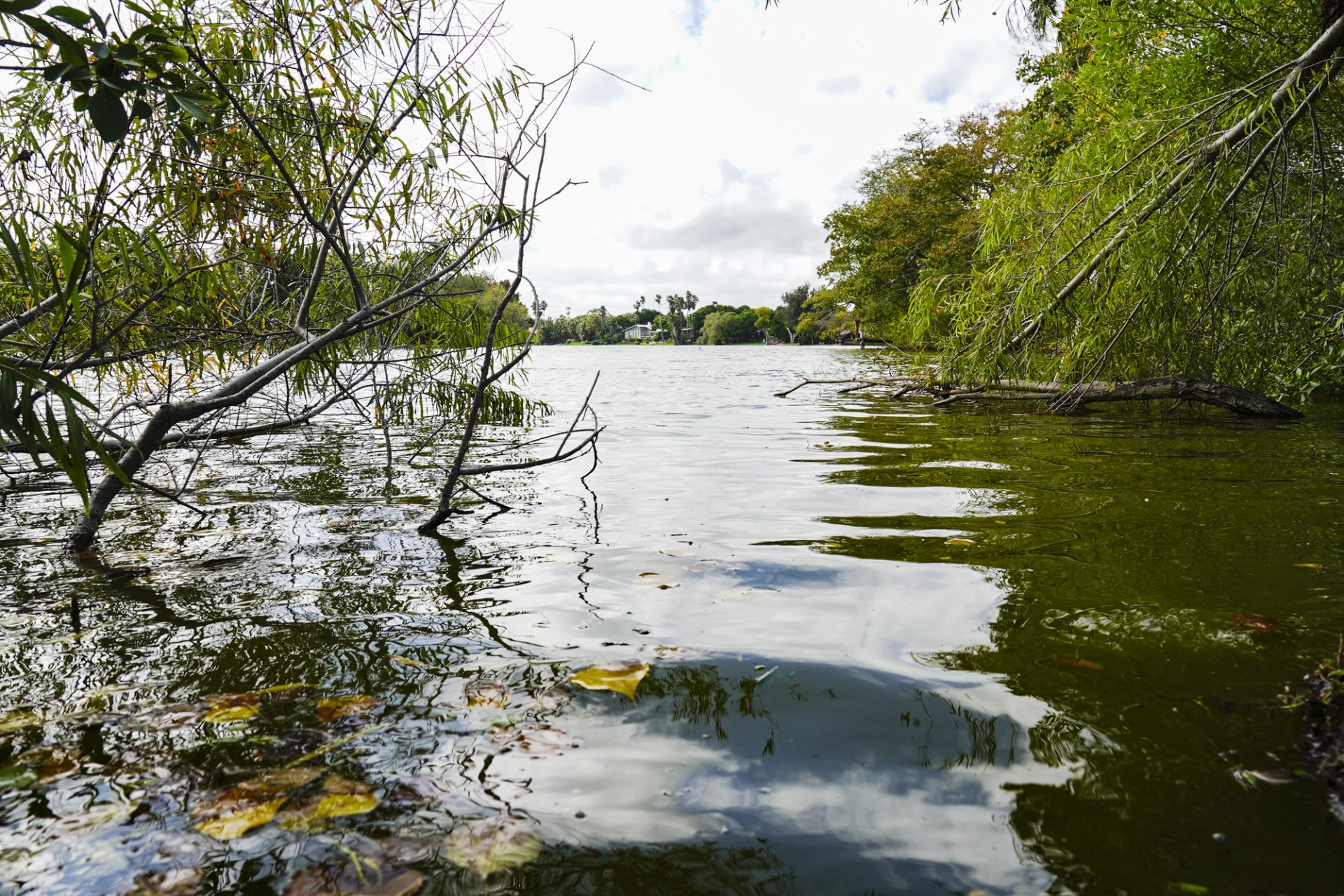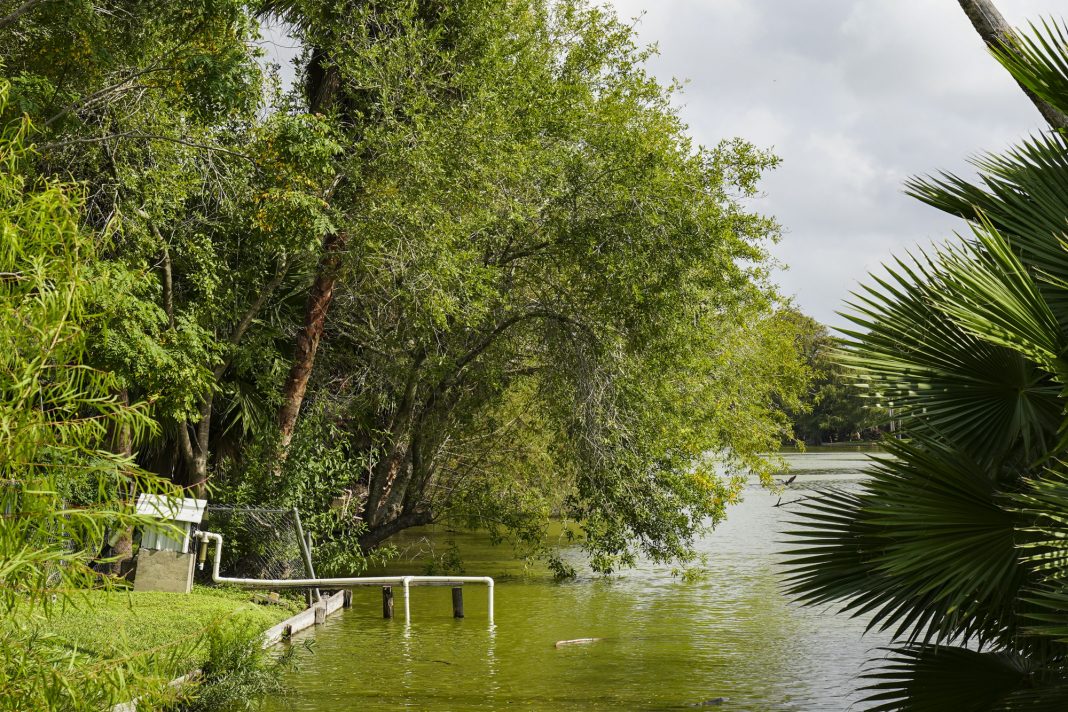If you have noticed an extra charge on your Brownsville Public Utilities Board bill that is because a resaca fee has been added.
BPUB this summer started to add on the additional monthly fee of $4.50 which will increase to $6.25 per month in 2023, $10 per month in 2024 and 2025, and $12.50 per month in 2026, the utility company said.
According to BPUB, the fees will help continue efforts in restoring Brownsville’s many resacas. The improvements will increase storage capacity for stormwater runoff and add to BPUB’s raw storage capacity. The project will also improve the habitat for local wildlife.

The Brownsville Restoration Project started in May of 2013 and continues through this day.
The Brownsville City Commission in May of this year approved the rate increase.
Although the resaca fees began this summer, BPUB this week in a posting on its Facebook page reminded customers of the fee, said Ryan Green, communications and public relations manager for BPUB.
“We didn’t want anyone to see their bills and be surprised at anything,” Greenfeld said.
BPUB customers living in apartment and condo complexes will most likely not have to pay the resaca fee since they themselves don’t pay for water services because the complexes have master meters and those fees are charged to the master meters, Greenfeld said.
The city has three resaca systems that are the Town Resaca, Resaca de la Guerra and Resaca del Rancho Viejo.
Greenfeld said the city’s resacas are very important to the area and one of their primary reasons is that they assist with the city’s drainage systems. When storms come this way, they can hold the additional rainfall to help prevent flooding in some areas.
“The more room there is in the resacas the more water that can flow into them,” Greenfeld said.
If PBUB officials are made aware that a storm, that could potentially bring heavy rain to the area is approaching, they can reduce the resaca water levels for extra water storage space. “It gives the rain somewhere ultimately for it to go,” he said.

The resacas are also important to the ecosystem and part of the Resaca Restoration Project includes removing invasive plants that enhances the environment for not only the plants but the animals that either live in or visit the resacas.
“Ultimately in the long run, that is also going to have some benefits for our residents they will have something that is aesthetically pleasing to help kind of inspire more activity,” Greenfeld said. “They kind of have a part culturally here in Brownsville. It is something that is a really unique feature to us and that is another reason why we think it’s important that we help protect that resource.”
Brownsville is the only city in the Rio Grande Valley that has resacas, except for a couple that may be found in San Benito.
The resacas at one time use to be part of the Rio Grande before being cut off, Greenfeld said. “If we didn’t continue to feed them, if we didn’t continue to care for them, they could very easily dry up one day and wouldn’t be able to enjoy them.”
Drive by just about any resaca in the city and you will see either ducks, cranes, pelicans or even migratory birds swimming in them and displaying their beauty.
“It’s sometimes easy for us to forget how lucky we are down here,” Greenfeld said.





